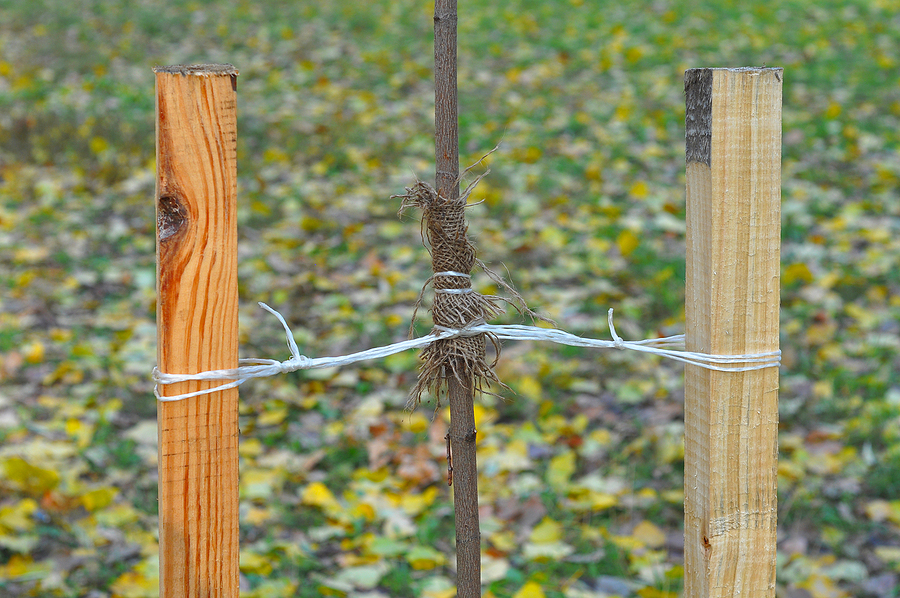Tree cable installation is an essential process in maintaining the health and stability of trees. It involves the use of cables and braces to provide support for weak or damaged branches, helping them withstand strong winds or heavy loads. However, incorrect installation can cause more harm than good to your trees.
In this blog post, we will discuss the Do’s and Don’ts of tree cable installation to ensure that your trees remain healthy and strong. We will also cover some common mistakes to avoid and provide tips for successful installation. So, let’s dive in and learn how to properly install cables for the benefit of your beloved trees.

The Do’s of Tree Cable Installation
Inspect the Tree Before Installing Cables
Before installing any tree cables, inspect the tree carefully to assess its health and structural integrity. Look for any signs of disease or decay, as well as weak branches that may pose a danger. If you are unsure about the condition of your tree, consult a certified arborist.
Use High-Quality Materials
Invest in high-quality materials for your tree cabling and bracing. This includes using galvanized steel cables and hardware that are designed specifically for tree support. Cheaper materials may not be strong enough to provide the necessary support and could potentially fail, causing harm to your tree.
Consult a Tree Service Company
Tree cabling can be a complicated process, especially for larger or more complex trees. It is always recommended to consult a professional tree care service that has the experience and knowledge to properly install cables, stakes, and braces. They can also provide guidance on the best placement and tension for the cables.
Consider Tree Growth
When installing tree cables, it’s important to consider the natural growth patterns of the tree. The cables should be placed in a way that allows for proper movement and growth without causing any restrictions or damage.
Regularly Inspect and Maintain Cables
Tree support systems are not meant to be a permanent solution. They should be regularly inspected and maintained to ensure they are still providing the necessary support for your tree. Any damaged or worn-out cables should be replaced immediately.
The Don’ts of Tree Cabling and Bracing
Don’t Install on Unhealthy Trees
Installing tree cables on unhealthy trees can do more harm than good. Cables will not save a tree that is already in poor health and could potentially cause further damage or even lead to the tree’s death. It’s essential to address any underlying issues before considering cable installation.
Don’t Over-Tighten Cables
Improper tension on tree cables can put unnecessary stress on the branches, causing them to break or weaken. Follow the recommended tension guidelines and regularly check the tension to ensure it is still appropriate.
Don’t Install in Extreme Temperatures
Avoid installing tree cables and braces during extreme temperatures, such as high heat or freezing cold. This can affect the strength and durability of the materials and could lead to failure over time.
Mistakes to Avoid When Installing a Tree Support System
Not Using a Tree Support System
Many people overlook the importance of tree support systems, which can help prevent damage to trees and property during severe weather. It’s crucial to install cables and braces before an emergency occurs rather than as a reactive measure.
Improper Placement of Cables
Cables should be placed above or below the branch union but never through it. Placing the cables through the union can cause damage and weaken the branch.
Using Incorrect Hardware
Using hardware that is not specifically designed for tree support can lead to failure and potential harm to your tree. Always use high-quality, galvanized steel hardware.
Tips for Successful Tree Cable Installation
Consult a Professional
As mentioned earlier, consulting a professional tree service company is crucial for successful tree cable installation. They have the knowledge and experience to properly assess your tree’s needs and install cables in the best possible way.
Regularly Inspect and Maintain
Regularly inspecting and maintaining your tree cables can help identify any potential issues before they become major problems. This includes checking tension levels, hardware, and overall stability of the cables.
Consider Other Tree Care Practices
Tree cabling and bracing should not be the only tree care practice used to maintain your trees’ health and stability. Follow proper pruning techniques, regularly water and fertilize your trees, and address any pest or disease issues promptly.
In Summary
By following these do’s and don’ts of tree cable installation, you can ensure that your trees remain strong, stable, and healthy. Remember to always consult a professional and regularly maintain your cables for the best results. Your trees will thank you for it! So go ahead and give them the support they need through proper cable installation techniques.
Are you looking for trusted, professional tree support installation near you? Contact Complete Tree Care at 317-783-2518 for licensed and insured tree services in Indianapolis, Indiana. We serve residential and commercial clients with comprehensive tree care solutions.
Related Posts:
The Crucial Role of Professional Tree Cable Installation
The Importance of Tree Cable Installation For Tree Health
Arbor Day Tips for Taking Care of a Newly Planted Tree
